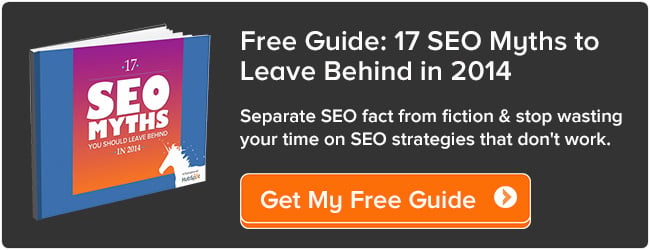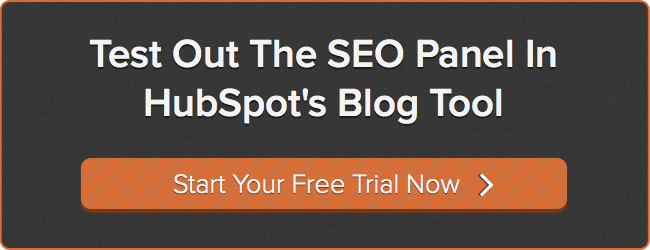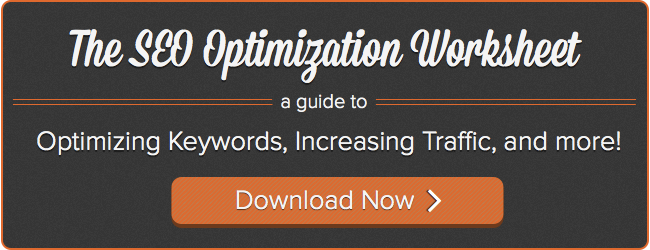Let’s start with the bad news: On average, traffic coming from email only makes up about three percent of your total web traffic. So, how can you increase web traffic from email content with those kinds of numbers?
Image via Yotpo
It all boils down to Neil Patel’s spot-on question, “Is all traffic equal?”
As it turns out, traffic from email has one of the highest returns on your content marketing investment. For every dollar you spend on email marketing, your company will net $42 in return.
It pays to nurture that three percent.
Who is this audience segment? First, they’ve already engaged with your brand. They’ve signed up for your newsletter, downloaded a resource, or abandoned a cart. They obviously have an interest in your products or services.
Secondly, the longer they stay subscribed, the more likely that they’ll move further along in their buyer’s journey. It’s up to you and your teams to maintain them as subscribers. More importantly, you must convince them that working with your company can help them live better lives or do business more efficiently.
The good news? You can make the most of that audience segment – and even increase its size – with a content strategy that delivers valuable, shareable information and advice.
Here are three surefire ways to do just that:
1. Segment Your Email List by Industry or Interest
Most large companies sell their products and services to a broad range of industries. Segment your email list by industry. Then create content that focuses on each segment’s needs.
Display only the introduction on the email itself. Make the subject line irresistible and the introduction compelling. Then, provide a button that leads to the whole article on your website.
Bonus points if you display links to related content at the bottom or the right-hand side of the page. The more content they digest, the better your chance that they will convert and share with others.
Use interest- and industry-specific invitations to share your content on both social media and email. Put these calls-to-action (CTAs) near the headline so that your recipients can send links directly to their colleagues and friends. Studies show that many people – a majority, in fact – share posts after only reading the headline.
Using this strategy means that your initial email link will likely draw other people with similar interests to your web content, as well as the original email newsletter recipient. At the end of each blog post, use automated calls to action tailored to each reader’s location in their customer journey, as HubSpot’s Rachel Leist advises. Use your content analytics to identify where each audience member is, and then automate the most fitting CTA for them.
Use calls to action that include lead magnets to attract top-of-the-funnel visitors.
Provide opportunities to move serious prospects along in their customer journeys with a customized call to action.
Existing customers get a call to action that helps them get the most out of your product or service. Encourage them to share the resource with their colleagues and friends.
Images via HubSpot
2. Personalize with Dynamic Content
Yes, personalizing an email’s subject line increases open rates. However, today’s content automation technology can take you way beyond increasing open rates.
Dynamic content allows you to vary the content in an email using real-time data about your recipients. It’s a powerful technique that can personalize your message using information drawn from each recipient’s demographics, lifestyle, pain points, behavior, and industry data.
Simply structure the text that greets your recipient and introduces your blog post to include variables that relate to your text. Take, for example, the following sentence in an email newsletter from a fictional translation company:
“Hi {Recipient’s First Name}, I know that you’re {pain point} now due to the {challenge}. Our COO has some tips that can help you come out of this challenge unscathed and poised to lead your industry.”
For the chief medical officer of an American hospital in a city with a large Hispanic population amid a COVID-19 resurgence, the dynamic content might read, “Hi Dr. Singletary, I know that you’re experiencing rising patient levels amid the uptick in the COVID-19 pandemic…”
On the other side of the world, a medical device manufacturer might be scrambling to meet the stringent language translation requirements of the EU’s Medical Device Regulation (MDR) in only three months. Her email might start, “Hi Fiona, I know that you’re likely scrambling to meet the EU’s new translation requirements due to the upcoming MDR deadline…”
Who wouldn’t click to read the entire post on your website when the introduction is so compelling? Using this level of personalization is a game-changer for large content teams who have a massive amount of content to get out. Personalization shows prospects that no matter how large it is, your company will meet their needs.
3. Send Out Content That Recipients Will Link To
There’s nothing like backlinks to boost your website traffic like crazy. After all, if your content is helpful enough for industry influencers to include it in their own content, their readers, too, will likely check it out for themselves. And that, in turn, as Owen Jones points out, makes Google sit up and take notice.
Several types of email content stand out in their ability to garner backlinks.
- Listicles: It’s no wonder that posts that include lists get more than two times the shares that even the perennially popular “how-to” posts garner. Psychologists have discovered that our brains simply love lists. When you see them in your inbox, you’re a lot more likely to click on them. After all, you don’t want to miss out on something important. Numbered lists appeal to our fear of missing out (FOMO), among other emotional triggers.
- Videos: Since 65 percent of the world’s people are visual learners, videos are highly shareable. Statistics show that people retain 80 percent of the information they take in through visual channels, but only 20 percent of the content they read and ten percent of the content they hear is retained. Since video combines all these learning channels, it’s a highly effective way to share information.
- Infographics and other visuals: Like videos, infographics and graphs engage the visual sense. However, unlike videos, they are static content. When you include links to them in your email newsletter, all your recipient needs to do is bookmark your webpage or save the email. These pieces will be easy to find again when your subscriber wants to include them in their content.
- White papers and ebooks: Detailed, well-researched long-form content, such as ebooks and white papers, provides your prospects with the information they need to make a purchase decision. For people near the bottom of the sales funnel, they’re an essential part of content production, especially for B2B companies. They’re also highly shareable. When you send them out to your serious prospects, they’ll likely share them with their colleagues. One word of caution, though. If you attach them to the email itself, your recipients might delete them since some attachments contain malware. Instead, link to a page on your website where they can download the content directly.
With its insanely huge ROI, having an email newsletter is a no-brainer for companies that want to capture the lion’s share of the market. Leverage these strategies within your email content, and you’ll likely increase both the quantity and quality of web traffic from your emails.
Having a content marketing platform where you can manage every part of your email content planning, production, and publication is essential for maximizing your content ROI. Don’t take my word for it, though.
Try DivvyHQ out for yourself for 14 days for free. There’s no obligation, and my guess is, you’ll find it will simplify your life. Get started today!



